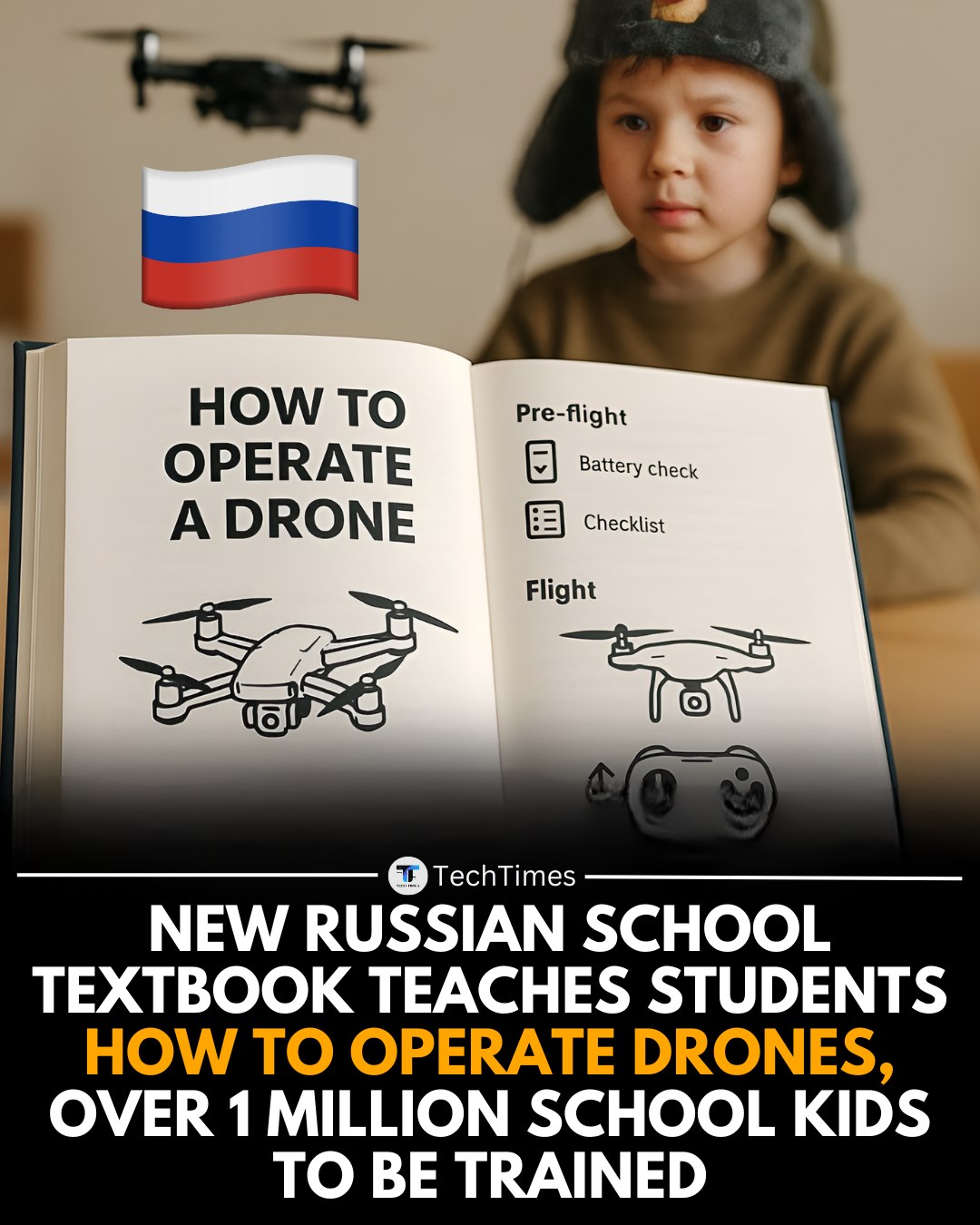A Wall Street Journal investigation reveals that the U.S. Department of Defense has long used fake UFO stories as a smokescreen to hide classified weapons programs. Former Pentagon official Sean Kirkpatrick confirmed that tales of alien sightings and flying saucers were deliberately planted to mislead both the public and even internal staff.
One infamous case from 1967—often cited as a UFO shutdown of a nuclear base—was reportedly a covert electromagnetic test. In some cases, new military project recruits were even shown staged UFO photos to reinforce the illusion. While some insiders called it “initiation hazing,” others argue it was a strategic effort to maintain secrecy. The result? A decades-long distraction campaign wrapped in sci-fi.
#UFOSecrets #PentagonFiles #DefenseDeception #AlienCoverup #MilitaryTech
One infamous case from 1967—often cited as a UFO shutdown of a nuclear base—was reportedly a covert electromagnetic test. In some cases, new military project recruits were even shown staged UFO photos to reinforce the illusion. While some insiders called it “initiation hazing,” others argue it was a strategic effort to maintain secrecy. The result? A decades-long distraction campaign wrapped in sci-fi.
#UFOSecrets #PentagonFiles #DefenseDeception #AlienCoverup #MilitaryTech
A Wall Street Journal investigation reveals that the U.S. Department of Defense has long used fake UFO stories as a smokescreen to hide classified weapons programs. Former Pentagon official Sean Kirkpatrick confirmed that tales of alien sightings and flying saucers were deliberately planted to mislead both the public and even internal staff.
One infamous case from 1967—often cited as a UFO shutdown of a nuclear base—was reportedly a covert electromagnetic test. In some cases, new military project recruits were even shown staged UFO photos to reinforce the illusion. While some insiders called it “initiation hazing,” others argue it was a strategic effort to maintain secrecy. The result? A decades-long distraction campaign wrapped in sci-fi.
#UFOSecrets #PentagonFiles #DefenseDeception #AlienCoverup #MilitaryTech









